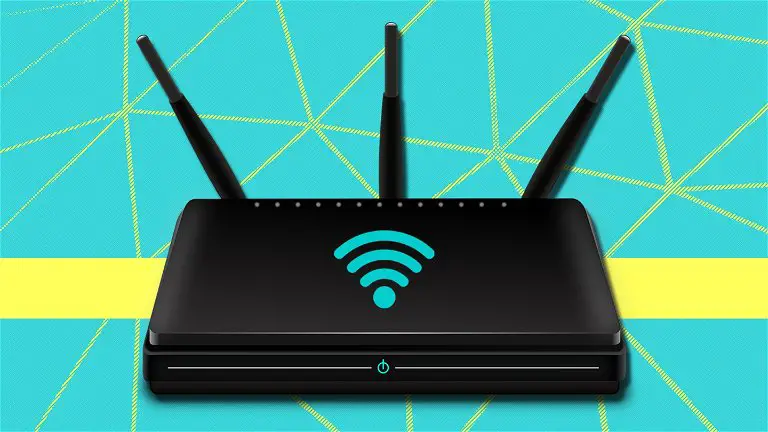
If your router’s antenna breaks, the device can continue to broadcast WiFi. Depending on the damage and number of antennas, it will be able to continue working, although with a lower power, or it will not be able to provide us with any connection. The solution is to change the antenna, something we’ll delve into later, as you may never have done that. Anyway, we’ll give you temporary solutions so we can connect to the internet while we change it.
Damage to the antennas causes worse performance
The antennas channel the WiFi signal. Some routers incorporate them on the outside, so we can change their orientation manually, while others include them on the inside, where access is usually impossible. The fact is that they all have antennas because without them the WiFi signal of the device would not be channeled. Some have one, some three, some six, some eight… Therefore, breaking one does not have to completely disable the device, although it will reduce its power.
What does this mean?:
- Worse WiFi range
- Lower WiFi power
- Fewer connected devices
- WiFi Drops
What to Do When Your Router’s Antenna Breaks
Depending on the damage, number of antennas and the router itself, it will be able to continue emitting WiFi waves or not. In the event that it is capable, you can continue to use it, although in this case we advise you to place it in the middle of your home, so that its distribution is even, or close to the computer, or console, that needs it the most.
This is a temporary solution, it is best to change the antenna. There are stores specialized in the repair of routers and antenna changes, as well as we recommend that you contact your operator, the manufacturer of the antenna itself or the chain where you bought it.
Another option is to change the antenna yourself, which will save you money. Of course, the antenna you buy must be compatible with your router, something that can be found out by accessing the characteristics of the model on the manufacturer’s website. Most routers are tailored to specific antennas that work best; However, on many occasions others are valid and there are even universal antennas. You usually don’t need tools, it’s just a matter of removing the broken antenna and inserting the new one in the same place.
On websites like Amazon you can buy antennas. Their prices vary greatly depending on the capabilities of the antenna, since, for example, you can buy it for $10, but also for $80.

Consider that you will be able to do it yourself in cases of external antennas, in those of internal antennas you may no longer be able to, or it is much more complicated when you have to open the device and choose the right antenna. Then we recommend you contact the store, the operator that delivered it to you or the manufacturer.
How to Position Your Router’s Antennas
Having figured out what to do if the router’s antennas break, we’ll expand the article with a question that is always advisable to know: how to position the antennas. If you’ve always wondered how to place router antennas, we’ll explain the best way to do it below, although we have an article where we delve into it.
The first thing we need to understand is that antennas emit connection from their sides. The waves expand like a doughnut, around the antenna, vertically. If we put an antenna in a vertical position, as if it were a pen standing upright on itself, it will emit WiFi from its sides, having a horizontal range. On the other hand, if we place the antenna in a horizontal position (lying down) it will emit up and down. They send the WiFi in the opposite orientation to how it is positioned.

Therefore, if you live in a single-story house, it is best to place the antenna (or antennas) vertically (standing), so that the WiFi expands horizontally throughout the home.
If you have a multi-storey home, it is best to place one horizontally and one vertically, so that some can expand their WiFi vertically and others horizontally. Depending on the number of antennas you can play with the positions, because in the end this is not an exact science and we recommend you try changing their orientation.
In other words, if you have the router in the living room and you want WiFi to reach your room, don’t point the antenna at the room, leave it as vertical as possible. In order for the signal to reach more areas, the key is to place the device in a central place within the home, although if most devices that use the Internet are located in a certain room, the ideal is to install the router there.



Comments